
For 20 years, the Centro Financiero Confinanzas skyscraper in downtown Caracas, Venezuela, remained unfinished. Known as the Tower of David, it became the world’s tallest squat when around 3000 people elected residence. In July, after months of negotiations, government officials agreed to relocate the tower’s occupants in a new social housing edifice in Zamora, outside Caracas.
In The Other Side of the Tower, which has won this year’s Ian Parry Scholarship, 24-year-old Venezuelan photographer Alejandro Cegarra documents the tower’s occupants and the lives they were able to build in the decrepit high-rise.
“It’s called The Other Side of the Tower because I wanted to break the belief that only criminals lived there when, actually, there were honest families who wanted a place to call home,” he tells TIME. “When I got in, these families showed me with pride what they had built and how they had managed to create an organized system where everyone could live in peace.”
Cegarra became interested in the tower after watching a documentary that only addressed the architecture. “They said nothing about the people who lived inside, and I hated that. I wanted to find out what was really happening inside – how they lived and how they felt about living in what was supposed to be the pride of Caracas as a major economic center in Latin America.”
To gain access to the tower, Cegarra simply showed up at the gate and started shooting at the guards: “I want to take pictures for a project.” Once inside the tower, however, he realized the daunting task that lay in front of him. “This tower is just like any residential building in the world: halls with doors. I had to convince the inhabitants to open their doors and let me photograph them.”
Cegarra spent five months in the building, visiting three times a week. “The building is better than a slum, but it’s still a difficult place to live in,” he adds. “There are no elevators, the water system is deficient, and while electricity is available, if you plug in too many devices, the entire floor shuts down. Also, there are areas without railings, and I’ve been told that drunk people or kids have fallen down in the past.”
The Venezuelan photographer was glad to see the city authorities evacuate the tower. “I’m happy for these people because they are now living in a better place with all the basic services.” But, he adds, it also speaks of Caracas’ wish to modernize.
Now, Cegarra is planning to spend the next few months documenting violence in his home country, and he’s confident the Ian Parry Scholarship will help him in this goal. “I feel honored [to receive this prize]. When I started working on this project, I never thoughts that I would make it this far. It’s giving me the motivation and [financial liberty] to keep on working.”
“[Cegarra’s] project documenting the people living illegally in the Tower of David skyscraper is in the finest photographic tradition of the scholarship,” says Aidan Sullivan, the scholarship’s founder and director. “This year sees the 25th anniversary of Ian’s death. I, and all those that knew him, still miss him very much, but know that he would be so proud of this legacy and that young aspiring photojournalists were being given a chance to follow his dream.”
Bangladeshi photographer Rahul Talukder was highly commended in this year’s edition, while Mario Wezel of Germany received a commendation. The judges also awarded a honorable mention to Md Shahnewaz Khan of Bangladesh and a special prize to Hosam Katan, a young photographer from Aleppo, Syria.
“For the first time this year we have received innumerable portfolios from Egypt and Syria,” says Rebecca McClelland, deputy director of the Ian Parry Scholarship. “We want to encourage students from these countries and support their work. The IPS is a unique chance for emerging photojournalists from around the world to not only have their work assessed and circulated within the wider context of the professional photographic industry but also published in a major national newspaper.”
A retrospective exhibition celebrating Ian Parry Scholarship‘s 25th Anniversary will take place at the Visa pour l’Image photojournalism festival in Perpignan from August 30 to 14 September, 2014.

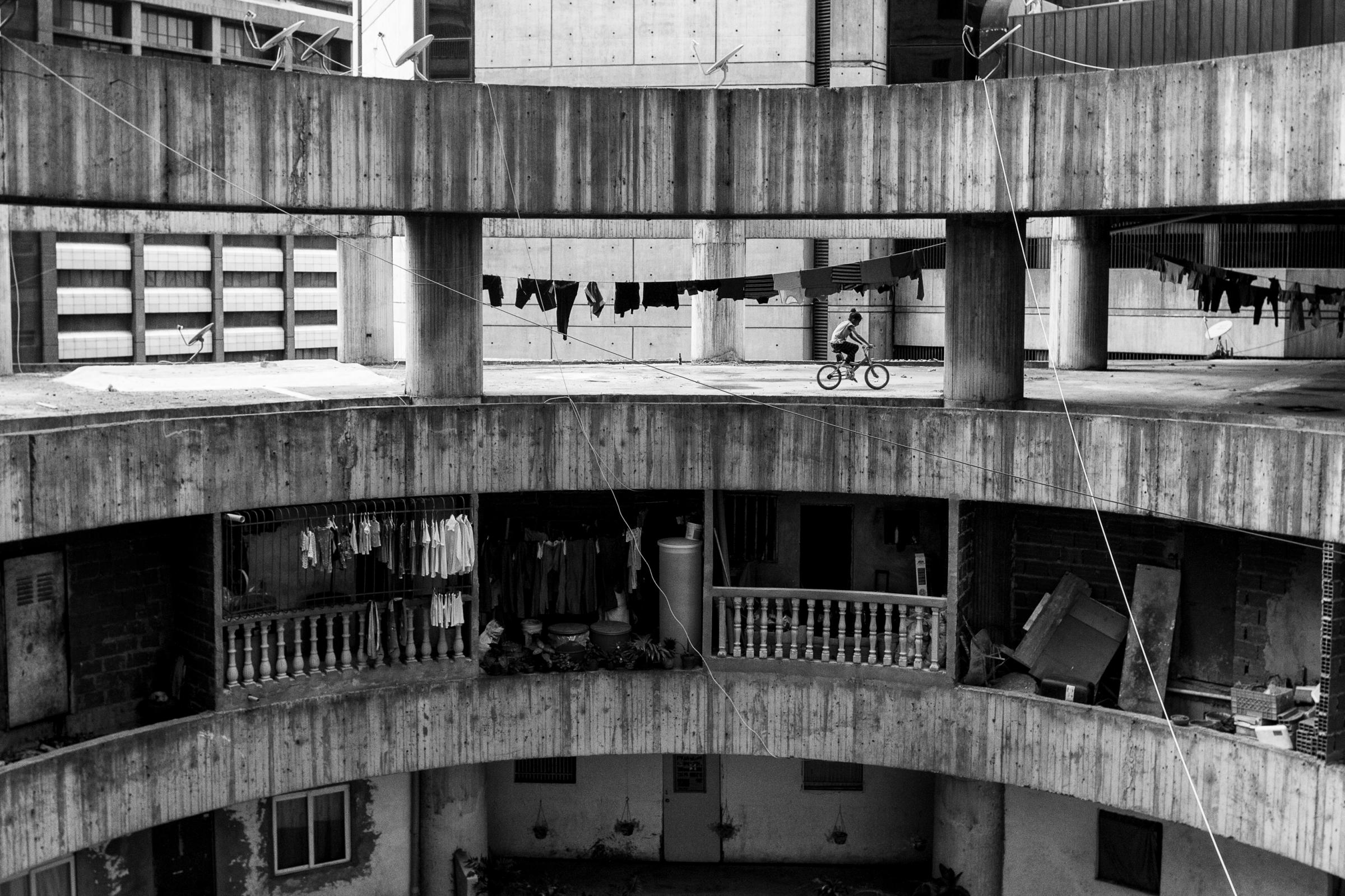
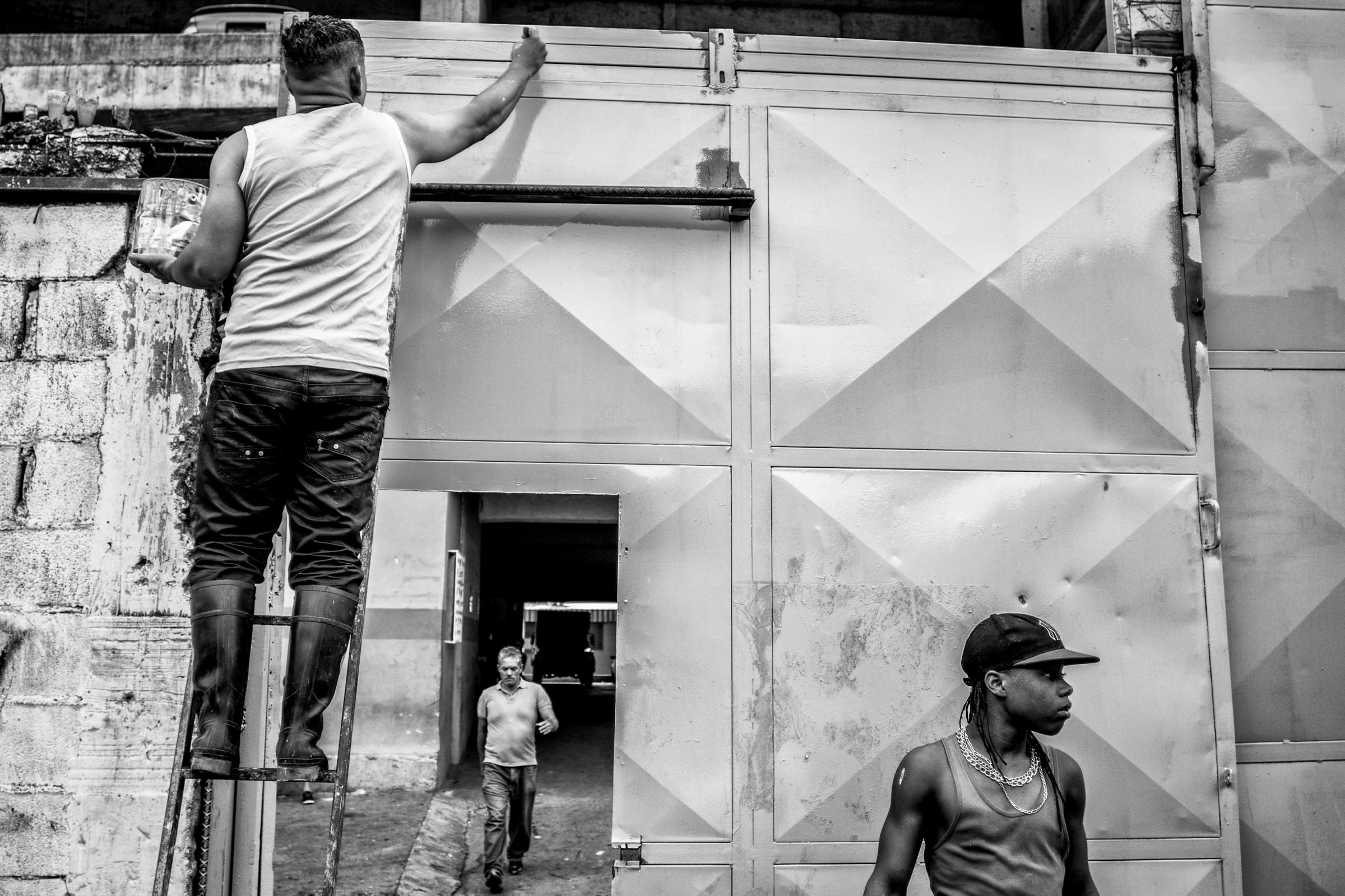


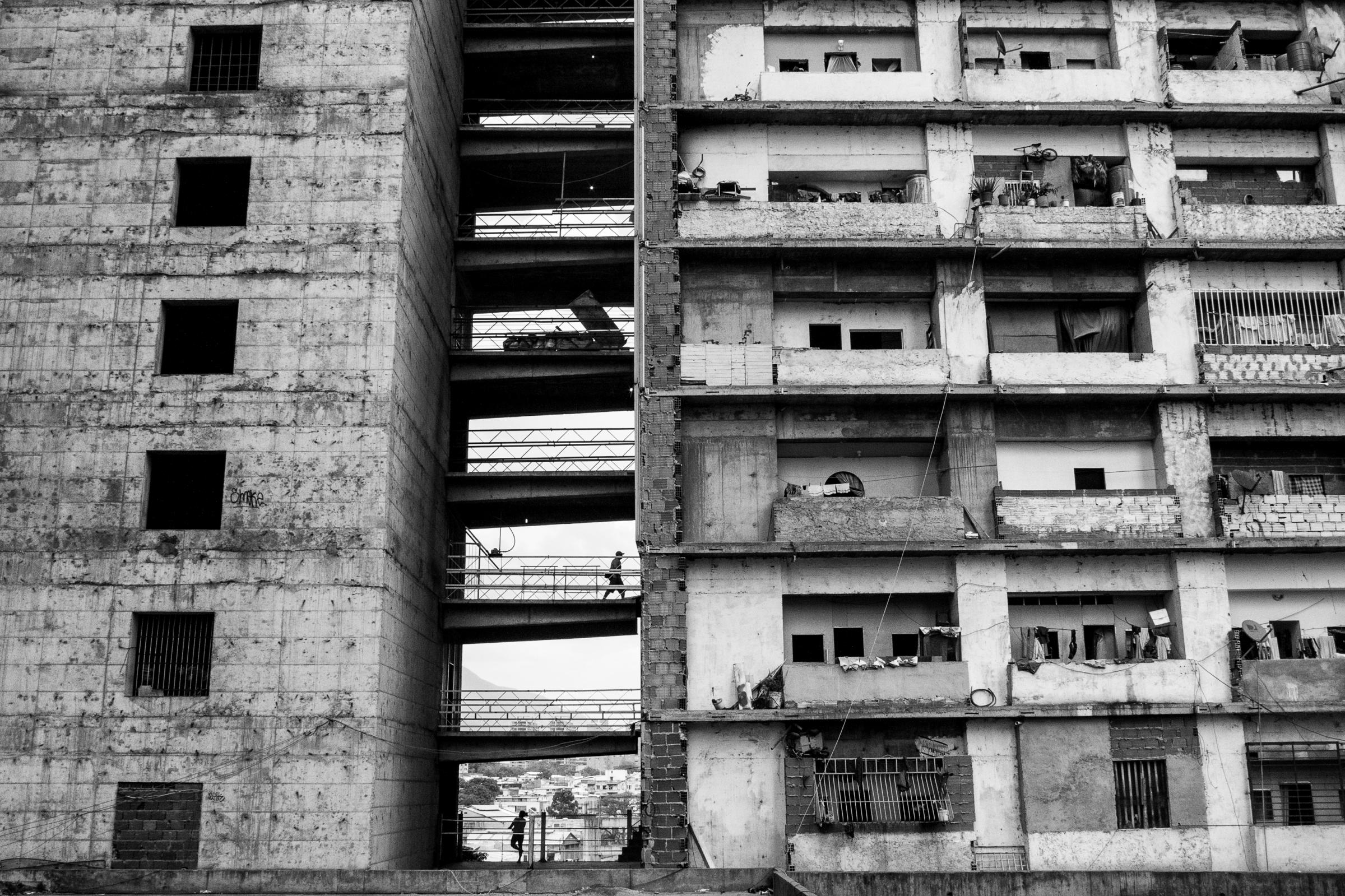
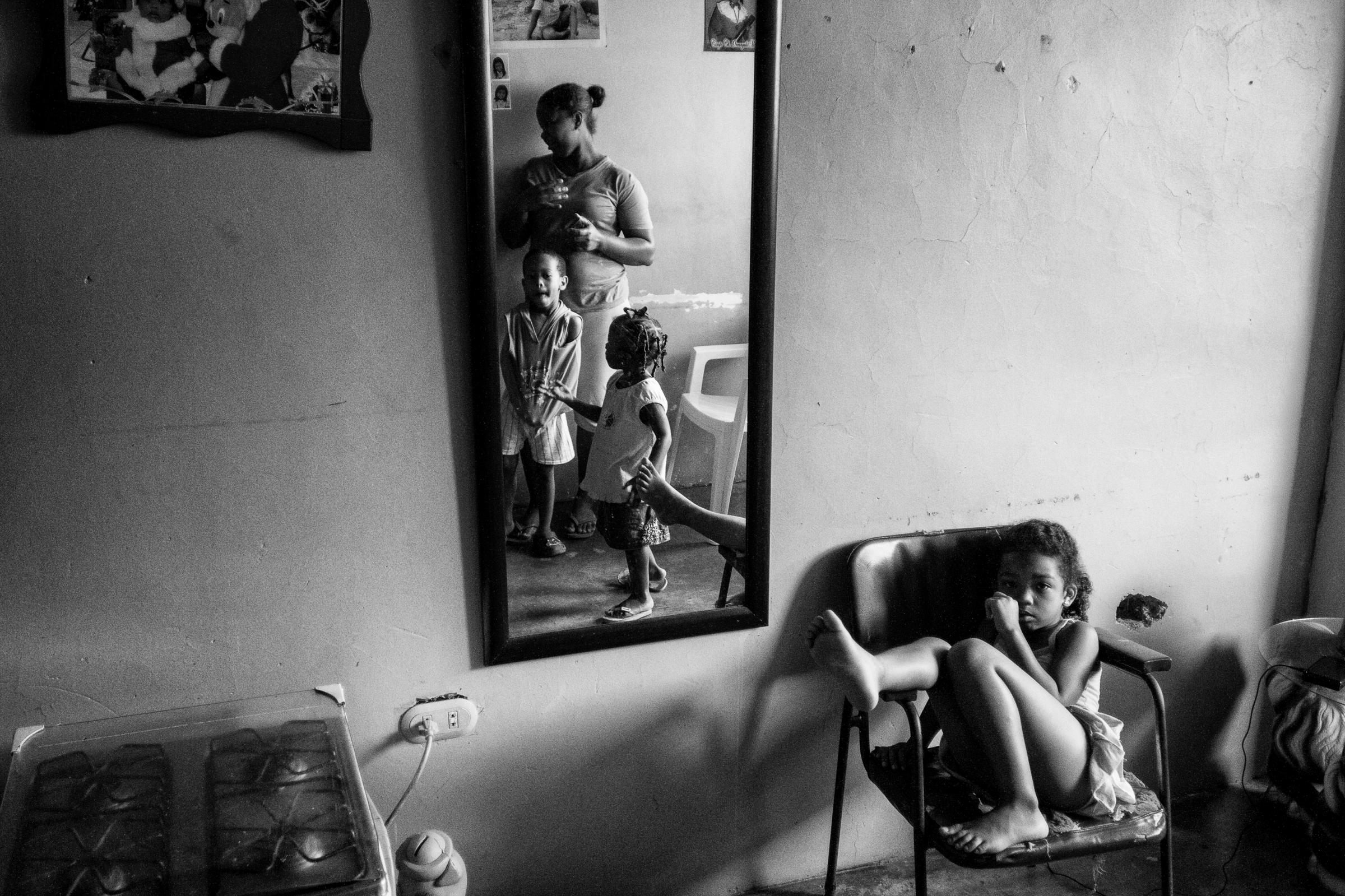

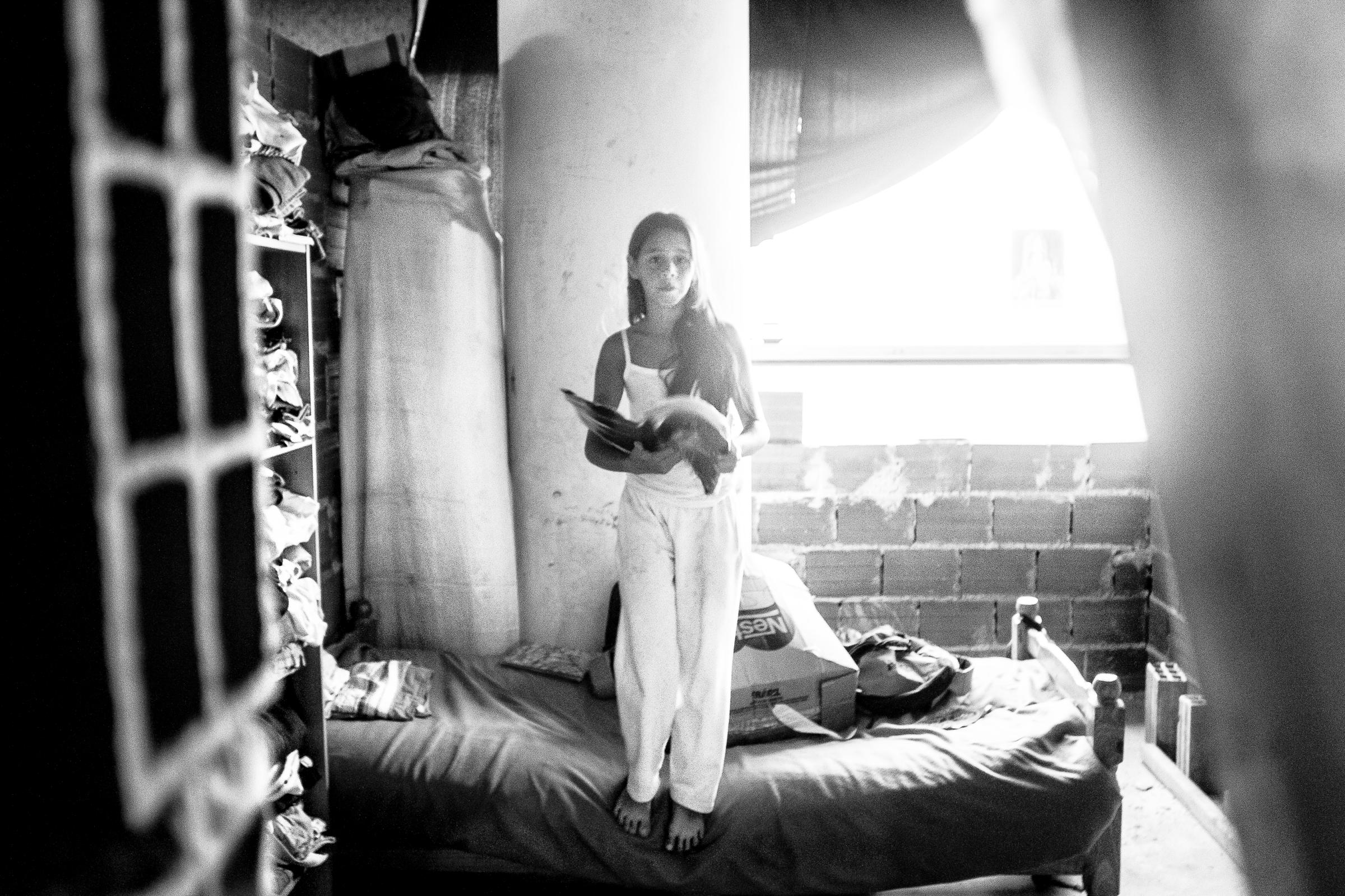



More Must-Reads from TIME
- Why Trump’s Message Worked on Latino Men
- What Trump’s Win Could Mean for Housing
- The 100 Must-Read Books of 2024
- Sleep Doctors Share the 1 Tip That’s Changed Their Lives
- Column: Let’s Bring Back Romance
- What It’s Like to Have Long COVID As a Kid
- FX’s Say Nothing Is the Must-Watch Political Thriller of 2024
- Merle Bombardieri Is Helping People Make the Baby Decision
Contact us at letters@time.com